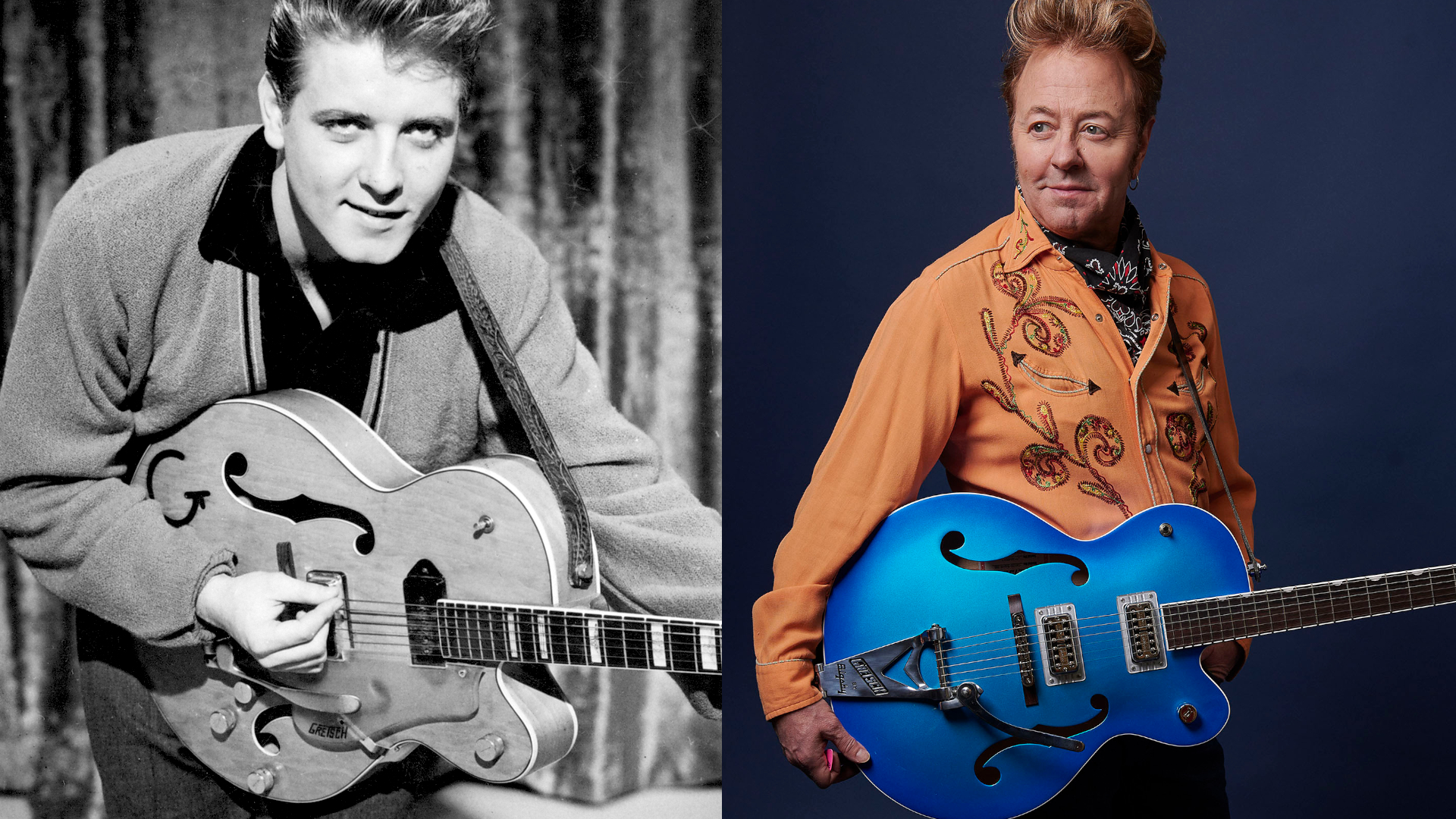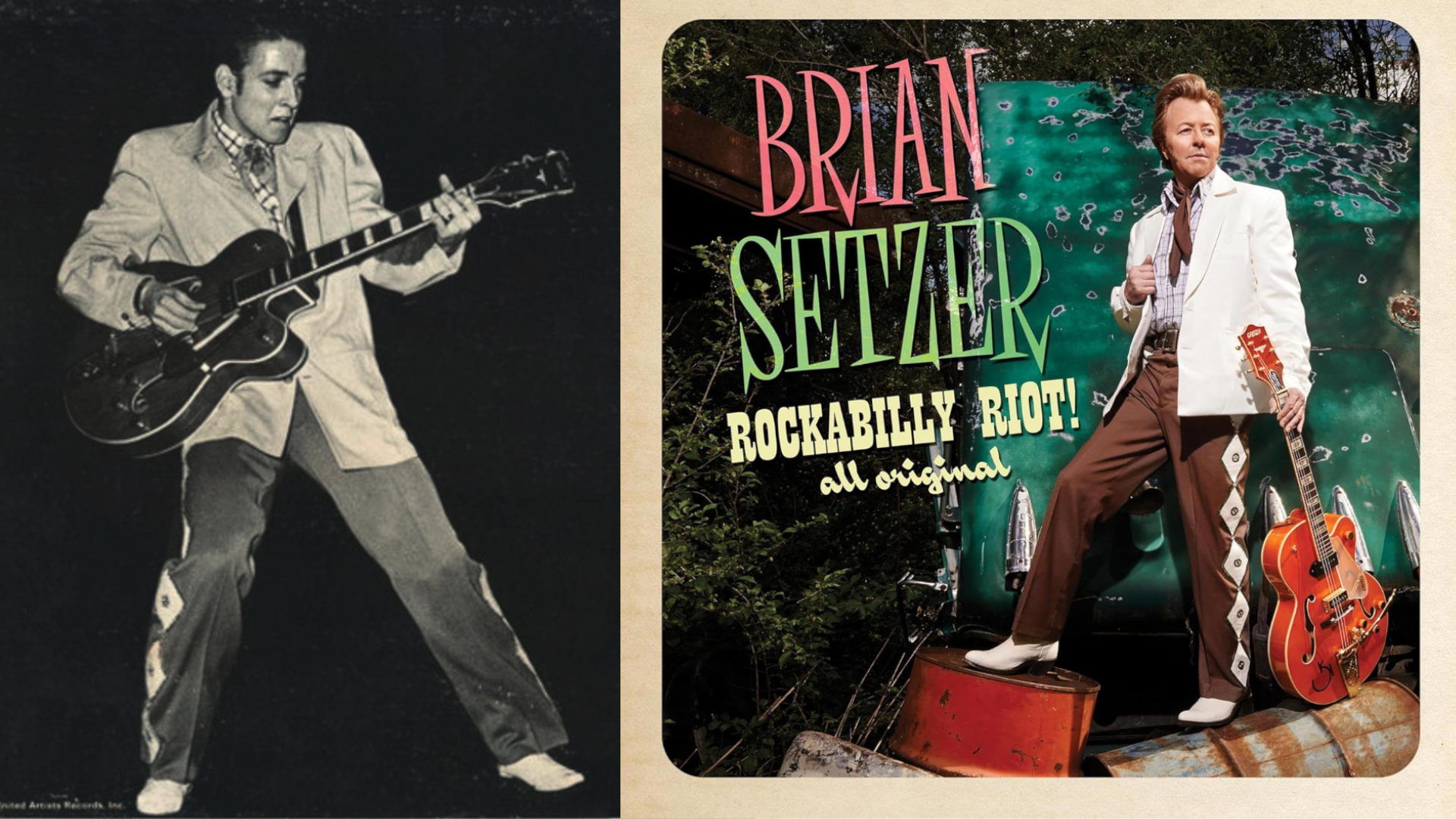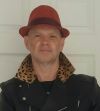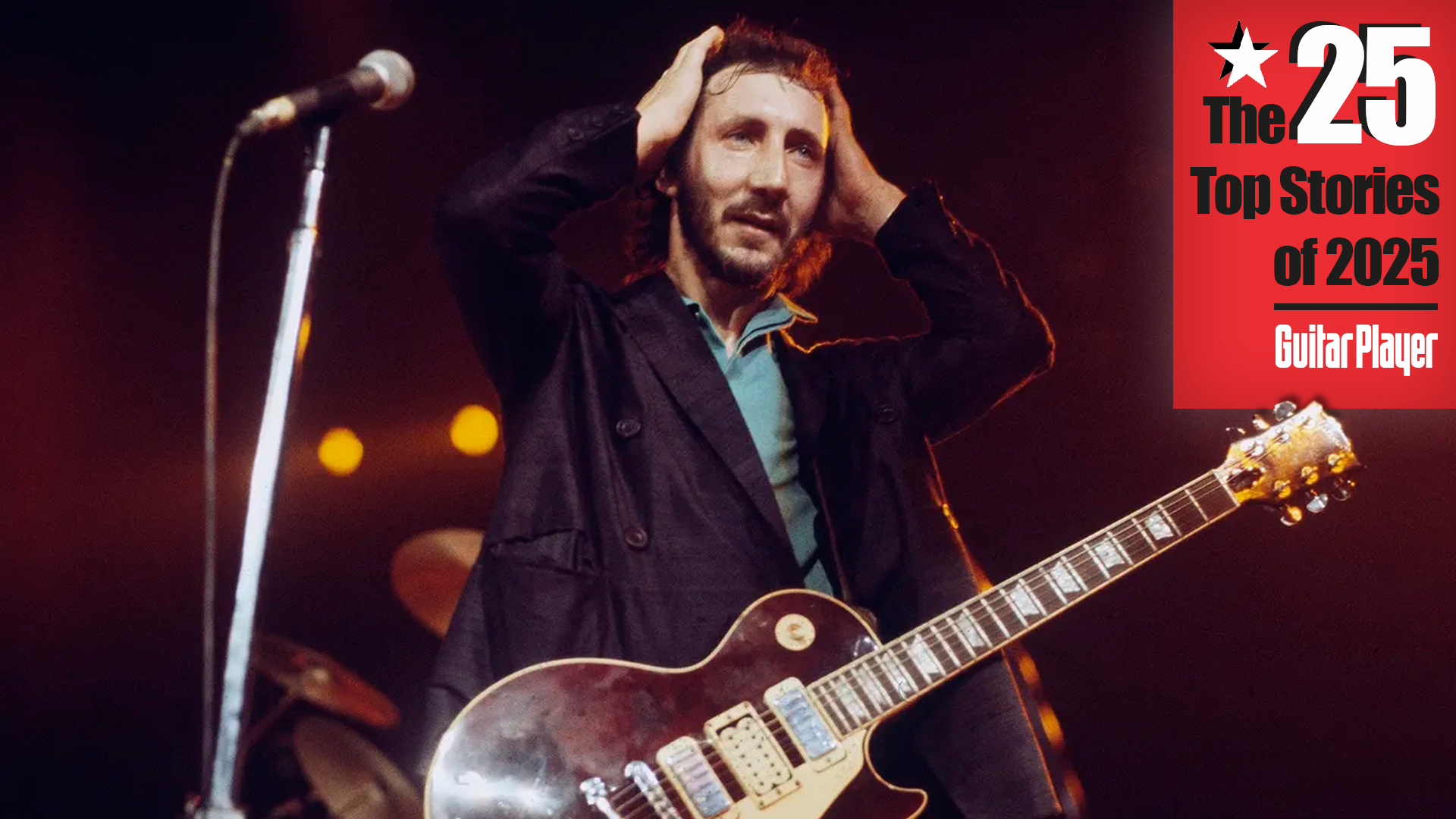“I played Eddie Cochran’s guitar at his house. Turns out he was way ahead of his time.” Brian Setzer says he found the late rocker’s bedroom — including his Fender Bassman amp — just as he left it in 1960
Today is Eddie Cochran’s birthday. We asked Setzer what made the '50s guitar icon such an innovator. Here's what he told us

"Those things still bring me the most fun out of anything," Brian Setzer said of Gretsch guitars in a 2023 Guitar Player interview with contributor Gary Graff. But as he went on to explain, the reason he fell in love with the Gretsch brand in the first place was due to one particular guitarist: Eddie Cochran.
"I bought one in the late 1970s because I wanted to look like Eddie Cochran;" Setzer said. "I didn't even know if they'd sound good. Back then no one knew who Eddie Cochran was, so I found one in the local paper for 100 bucks."
Some two decades earlier, Cochran — who played a Gretsch 6120 Chet Atkins hollowbody — had been an inescapable presence on the hit parade as one of the guitarists most vital to first wave of rock and roll. Born in America, Cochran had managed to become a sensation on both sides of the Atlantic with late-1950s hits like "Twenty Flight Rock," "Summertime Blues" and "C'mon Everybody." Artists from the Beatles to the Who celebrated his music, but Cochran was dead well before either group arrived on the scene, his life cut tragically short in a taxi accident in Bristol on the night of April 16, 1960. He died the next day. (More fortunate were his traveling companions: his friend, the rocker Gene Vincent, and Cochran's girlfriend, the songwriter Sharon Sheeley, who wrote hits for RIcky Nelson and Richie Valens, and co-wrote Cochran's own 1959 hit "Somethin' Else.")
Cochran's memory slipped into the distant past as rock and pop grew progressively more advanced in the 1960s and '70s, but Setzer remained hooked to his music, which he'd first discovered as a youngster in the 1960s. He even got to portray the rocker in the 1987 Richie Valens biopic, La Bamba, where he performed "Summertime Blues" in a cameo appearance.
Considering how Gretsch guitars have shaped Setzer's sound — and how he has transformed the brand with his line of signature models — we thought it was high time we spoke with him about Cochran's influence on his guitar tone, music and image. He was only too happy to oblige.
Were you already a 1950s rock and roll fan prior to getting into Eddie, or was he your gateway?
My mom and dad liked ’50s music, but being from New York it was mostly doo-wop, which is great music of course. What I found though is that Eddie Cochran kind of flew under the radar a bit, especially with audiences in later years, where only a handful of his songs were well known. When I discovered Eddie, it was like a whole new world — kinda like, “Now this is what I’m talking about!” [laughs]
All the latest guitar news, interviews, lessons, reviews, deals and more, direct to your inbox!
The image is a huge part of the appeal of the great ’50s rockers isn’t it?
Yeah, absolutely. To be honest, I saw his reissued album The Legendary Masters hanging up in my local record store, I thought, Oh my god, I want to be that guy! It was the coolest look, and I knew that I wanted to look like that guy before I even heard the music. I had no idea at that point how good he was.
"I saw his reissued album 'The Legendary Masters' hanging up in my local record store, I thought, Oh my god, I want to be that guy!"
—Brian Setzer
There’s a very subtle nod to Eddie on the cover of Rockabilly Riot – All Original. The clothes you’re wearing are a copy of what Eddie was wearing on the Legendary Masters cover.
Yeah, I copied that outfit exactly. I just couldn’t ever get a good enough picture of the pants. The Rock and Roll Hall of Fame had them. They got them out for me so I could take some pictures of them. They just seemed kinda handmade, like someone’s mom had made them or something. They definitely weren’t made by Elvis’s tailor. [laughs]
I always wondered how you knew what color they were, as I’d never seen a color picture of him wearing them.
Yeah, that’s exactly right. Fortunately, they had them put away at the Hall of Fame. That was the exact outfit that I’d worshipped growing up. [laughs]

Did you actually work out licks from the records and that kind of thing?
To a degree, but for me it was always about the feeling, and the song — learning the basis of the solo but not worrying about getting it note-for-note perfect. It was about capturing the feel and the spirit.
Eddie led you to Gretsch. Did you ever experiment with the P90 in the neck pickup, at any time?
I think the whole idea of Eddie was good enough. I didn’t feel the need to seek out exactly the sound that he had. The first Gretsch that I got happened to have the Filter’Tron pickups, and to me, at 17, I thought it was the same thing. I didn’t realize there was a difference. By the time that I did become aware of the P90 thing, I’d already established my sound and I was happy with it.
What were you playing before you got into Gretsches?
I was fooling around with a bunch of guitars to try to find a sound that I liked. My first guitar was a Harmony, but that didn’t quite cut it. After that I had a solid-bodied Rickenbacker and a really nice Stratocaster. I liked the sound of the Strat, but I could never quite settle with the feel of it. When I found the Gretsch, that was just meant to be; everything felt and sounded right. To me it was halfway between a Fender and a Gibson; it had qualities of both of them.
What are your favorite tracks of Eddie’s?
When I heard “Somethin’ Else,” that cemented the fact that I knew what I had to do. Enough of school, this is what I’m going to pursue. [laughs]
I think Eddie’s still pretty underrated. Presumably you’d agree.
Yeah, that’s true. When artists have hit records, that’s what people base their assumptions on and most don’t dig down any further than the hits that they know. Of course the idea behind a hit record is not just to feature yourself on guitar, it’s to have a hit. It’s what serves the song best. When you do dig down a little deeper, that’s when you really understand just how great a guitarist he was.
Did you ever get to play Eddie’s Gretsch?
I did get the chance to play his guitar at his mom’s house. I realized when I played it a little that it had what seemed like Slinky strings on there — the G wasn't a wound string. I asked his mom if they’d ever been changed and she said, “Oh no, absolutely not. They are the strings that were on it when he last played it.” I guess he must have used a banjo string for the E so that he could get a plain G string by moving the high E and B strings down to the B and G slots. The way he strung it — he was way ahead of his time .
"I asked his mom if they’d ever been changed. She said, 'Oh no, absolutely not. They are the strings that were on it when he last played it.'"
—Brian Setzer
It must have been a moving moment to actually play the iconic guitar, particularly knowing it was still strung up from the last show he did.
Oh yeah, absolutely. I remember going into his bedroom, which his mom had kept exactly as it was when he was last there, and seeing he had a tweed Fender Bassman combo. That was a revelation for me, as I’d been plugging my Gretsch into a Bassman, but had never known that Eddie had used one. It’s funny, because you have to remember that amps were so expensive in the ’50s, and it makes you wonder what would make a guitar player decide to play through a bass amp back then. He must have experimented and realized that the Gretsch and the Bassman was a great combination.
It is almost the definitive set up for rockabilly isn’t it?
Well it’s worked for me for all these years, that’s for sure. [laughs]
You got to play Eddie in La Bamba. That must have been almost surreal, to go from being a fan to playing the man himself.
The whole movie was surreal. They had rented a high school, and everyone had to be in character. There was nothing from past 1959 anywhere, you know? I remember thinking, Holy cow, this is as close to the real thing as you can get. It definitely was surreal, and a real special feeling to get that chance to play Eddie, especially with him having had such a huge influence on me.
Mark is a freelance writer with particular expertise in the fields of ‘70s glam, punk, rockabilly and classic ‘50s rock and roll. He sings and plays guitar in his own musical project, Star Studded Sham, which has been described as sounding like the hits of T. Rex and Slade as played by Johnny Thunders. He had several indie hits with his band, Private Sector and has worked with a host of UK punk luminaries. Mark also presents themed radio shows for Generating Steam Heat. He has just completed his first novel, The Bulletproof Truth, and is currently working on the sequel.
- Christopher ScapellitiGuitarPlayer.com editor-in-chief
- Gary Graff


